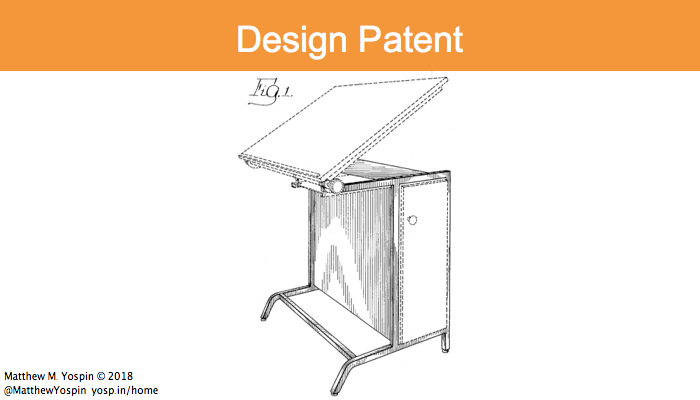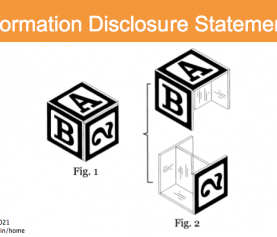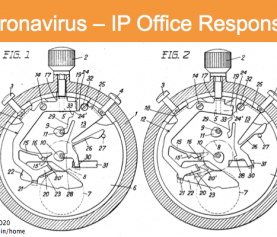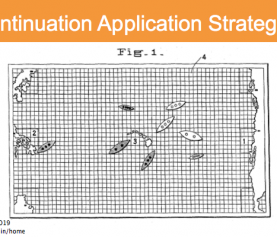Design patent application
Design patents protect the ornamental appearance of an object. With a design patent application, you can protect the shape of the object, the surface ornamentation of the object, or both. A design patent cannot protect the function of the object. Read on to learn more about how to file a design patent application.
Basics of design patents
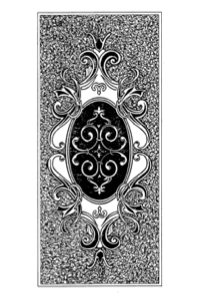
Glass panel, USD305364
Design patents protect the shape and/or surface ornamentation of objects. The object, sometimes referred to as an “article of manufacture,” must be something tangible – a stand-alone design by itself is not protectable with a design patent application. For instance, US D305,364 patented a design for a decorative glass panel, but not the design alone separated from the glass panel.
The design must be ornamental
To be patentable, the design as shown in the design patent application must be ornamental. This means the design must be for a non-functional feature or characteristic. A design can require something outside the object itself in order to be visible, such as leggings or inflatable objects, and still be protectable with a design patent. If a feature is ornamental as well as functional, and the ornamental aspect could exist without that functional aspect, the ornamental aspect may be protectable with a design patent. The functional aspect may be protectable with a utility patent.
Courts have applied a range of factors to determine whether a particular design is ornamental or functional. These factors include:
- If a design is essential to the use of the object, the design cannot be protected with a design patent;
- The design is more likely to be primarily ornamental when there are multiple ways to achieve the function of the object;
- Whether the design applied for in the design patent application is the best design for the object;
- Whether other designs for the object would worsen the functioning of the object;
- Whether ads for the object describe any elements of the design as having particular utility for the functioning of the object;
- Whether there are utility patents or utility patent applications for the functions of the object;
- Whether there are elements of the design that are plainly not dictated by the functions of the object; and
- If there are multiple ways to achieve the functions of the object, then the design of the object is more likely to be ornamental.
The design cannot be concealed
When a design patent application is being examined, the design is presumed to lack ornamentality if the design is “concealed during normal use.” This limitation has been interpreted narrowly and broadly at different times, and is decided on a case-by-case basis. If the object is visible (after final assembly) at some point in its existence – such as in displays or advertisements – it should be considered not concealed and therefore eligible for protection with a design patent. And, so long as the appearance of the object influenced its design, it should be patentable, even though the object may not be visible during its final use. Notable examples of designs that were decided to be not concealed include artificial hips and tire bead patterns.
Design patents, trademarks, and copyright
It is possible to register a trademark and a copyright in a design, as well as protect it with a design patent. A registered trademark can be used in a design patent application patent illustrations, and copyrighted material can be used with an appropriate notice.
How to file a design patent application
A design patent application needs to: state the title of the design and the applicant’s name; describe the patent illustrations; have a claim to the design; and be signed. It may also may describe the design. The patent illustrations should show plan and elevation views of the object from all sides (unless a view doesn’t show the design, or is identical to another side) and from various perspectives if that is helpful to understanding the design. If the design must be shown with parts of an object, or the object’s environment, that are not claimed as part of the design, those parts should be shown with dashed or broken lines.
How can you use design patent applications?
Design patent applications can help to bolster the protection of your utility patent portfolio, or they may be the only way to protect your products. If your product has some protectable functions and some protectable ornamentation, you could have a portfolio of several design patent applications applied for, and issued, before your utility patent application is even examined – and could then mark your product with “design patented” – for what may be roughly the cost of one or two utility patent applications.
Design patent applications are filed by inventors and designers in many industries, including software, tech, fashion, footwear, jewelry (see my post on Valentine’s Day patents), furniture, wallpaper, automobiles and vehicles, toys (see my post on Star Wars patents), and specialty manufacturing. Design patent applications have been used to protect technology devices, handbags, shoes, graphical user interfaces (GUIs) and other user experience (UX) designs, and eyeglasses, as shown in the following examples (names of companies and products may be trademarks of their respective owners).
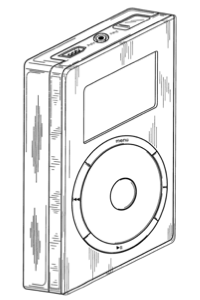
An Apple iPod, USD469109
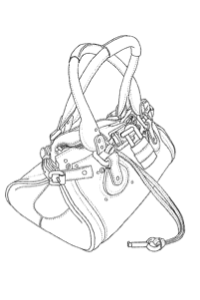
A handbag, USD575505
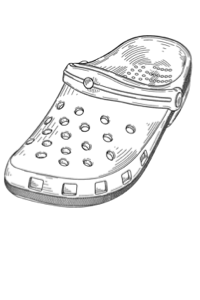
A Crocs clog shoe, USD545032
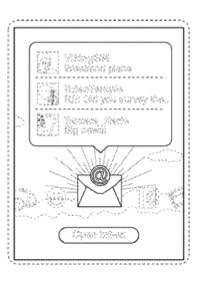
A Yahoo software UI, USD638025
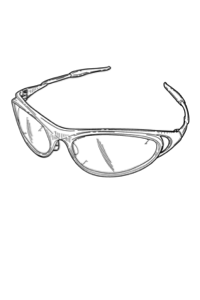
Bolle sunglasses, USD436119
How much does a design patent application cost?
To prepare and file a design patent application, there are attorney’s fees, the cost of the patent illustrations, and the USPTO filing fees. Attorney’s fees for a single design patent application will generally range from $1,200 to $3,000, depending on the work that is required to gather the necessary information about the design and the object, and the complexity of the design. The cost of the patent illustrations will generally range from $75 to $125 per drawing sheet necessary to show the design and the object. The USPTO base filing fees for design patent applications are $960, $480, or $240, for applicants filing with large entity, small entity, or micro entity status, respectively, as detailed in the table below.
Simplified USPTO patent filing fees for a design patent application
| Type of fee | Large Entity | Small Entity | Micro Entity |
|---|---|---|---|
| Basic filing fee – Design | $200 | $100 | $50 |
| Design Search Fee | $160 | $80 | $40 |
| Design Examination Fee | $600 | $300 | $150 |
| Total base filing fee, without excess length fees |
$960 | $480 | $240 |
Do you have questions about design patent applications?
Wondering why I chose the image at the top of this post? It’s from US D195036, issued in 1963 for a “Student Drafting Table,” and I chose it because it’s the type of designed object one might use to invent a design – or write a design patent application. If you’d like help with protecting your designs, call me at 617-340-9295 or email me at my Contact Me page. Or, find me on Facebook, Twitter, Google+, LinkedIn, Google Local, or Avvo.


